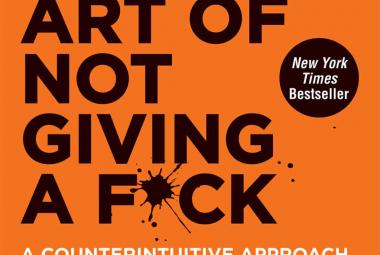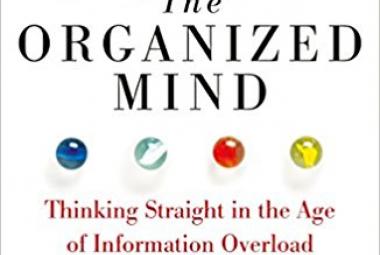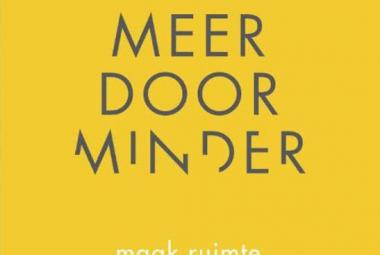In the first article of this series I already described how Carl Jungs divided people into 4 personality preferences or colors: red, yellow, green and blue, through the preferences for extraversion versus introversion and thinking versus feeling. In part two it was described how adding the preference for intuition and sensation makes it possible to go from 4 colors to 8 personalroles. The next layer in the personal preferences makes it possible to split each of the 8 types in two again, creating 16 types. We use the previously described preferences for this.
For example, the director (classic red, extroverted thinker) can be divided on the basis of intuition versus sensation preference:
The warrior is the extraverted thinker who makes decisions on the basis of perception. These are the action-oriented extrovert people who can organize themselves well to get work done, from the now.
The rebel is the extraverted thinker who makes decisions on the basis of intuition, which means that this red person is not only action-oriented, but also future-oriented (the intuition part). They are the challengers of the status quo and try to break free from the conventional.
The motivator (extraverted intuition) can be divided on the basis of the thinking versus feeling preference:
The entrepreneur is the extraverted thinker who makes decisions based on intuition. This entrepreneur sees opportunities for the future and knows how to convert these into actions.
The pioneer has the same extraverted forward-looking approach, but with a preference for feeling instead of thinking. This translates into motivating other people to know new ideas.
The inspirator (classic yellow, extroverted feeler) can be divided on the basis of the sensation versus intuition.
The entertainer is the person who can improvise on the basis of intuition (future-oriented) to make others feel at ease.
The revealer possesses the combination of extrovert sensation, and therefore has the strength to share what is happening today (focus on today).
The helpers (feelers) can be split based on the combination of extraverted sensation or introverted intuition.
The king are the feelers with the combination extraverted sensation. They bring clarity (through) and hope to influence others for the better.
The healer possesses the combination of introversion, feeling and intuition. They know instinctively where people experience pain (in the broadest sense of the word), are caring and compassionate for other people.
The supporter (classic green, introverted feelers) can be divided on the basis of the preference for sensation and intuition.
The lover possesses the combination for introvert feeling in combination with intuition, and believes that people are connected to each other through a link that goes much deeper when it is clear on the surface.
The companion is more focused on the available data (sensation) and relied on his experiences from the past to strengthen friendships.
The coordinator (introverted perception) can be divided on the basis of thinking versus feeling.
In this way the physician in combination with feeling can use his knowledge and experience to help other people (feel). They are patient and trustworthy.
The diplomat possesses the combination with thinking, and therefore uses his knowledge and experience of data to make decisions about actions (thinking).
The observer (classical blue, introverted thinkers) can be divided on the basis of sensation and intuition.
The judge can take the right decisions (actions, thinker) based on facts (perception) and actions from the past.
The wizard on the other hand, uses his intuition to find an inexplicable solution (action) to a problem.
Finally, the reformer (thinkers) can be split based on the combination of extraverted sensation or introverted intuition.
The inventor can invent a new way of thinking (introverted) based on logic and intuition, creating new possibilities.
The challenger can, on the basis of asking questions (extravert) about available data (sensation), create clarity in a given situation.
The distribution of 8 to 16 psychological types helps to better understand what you are good at and what kind of work you could do that are in your power zone. Below is a brief overview of each of the 16 roles described above.
The next layer step can be made by looking not only at the first preferred role of a person, but also at the possible 2nd and / or 3rd.
Continue to:
Deep Work - C.Newport (summary)













